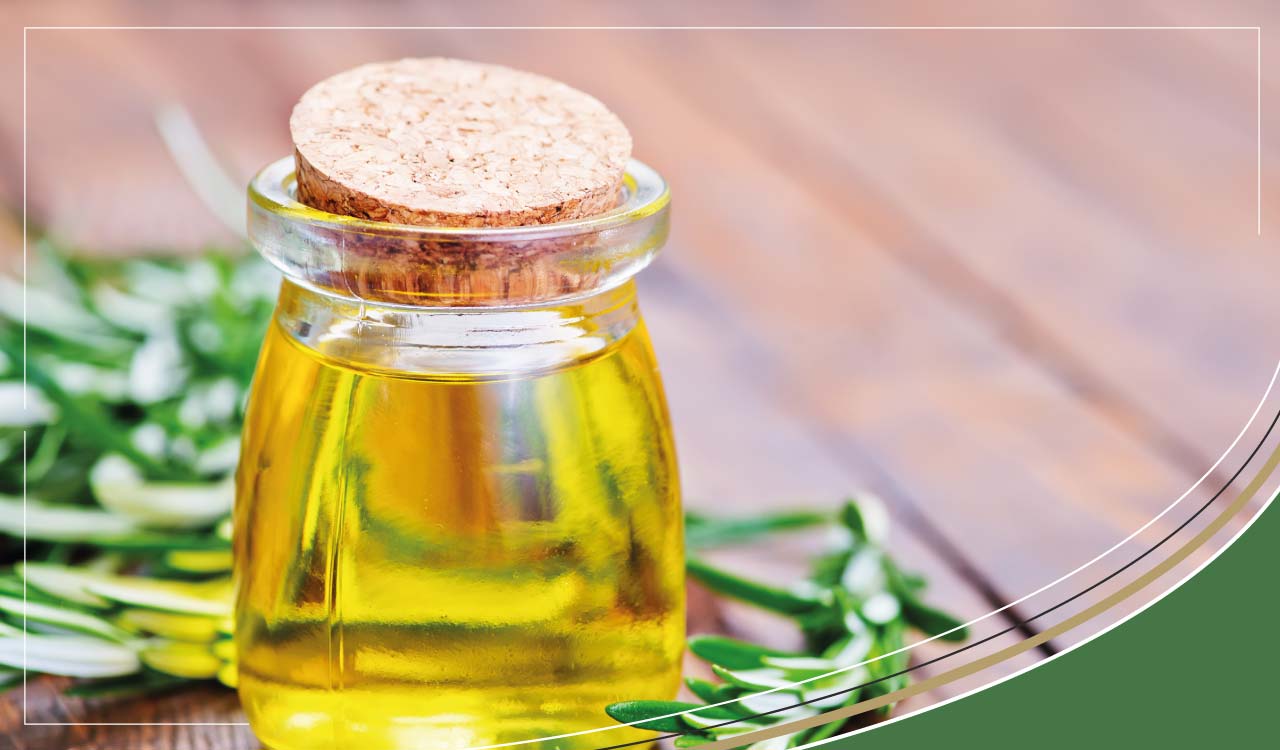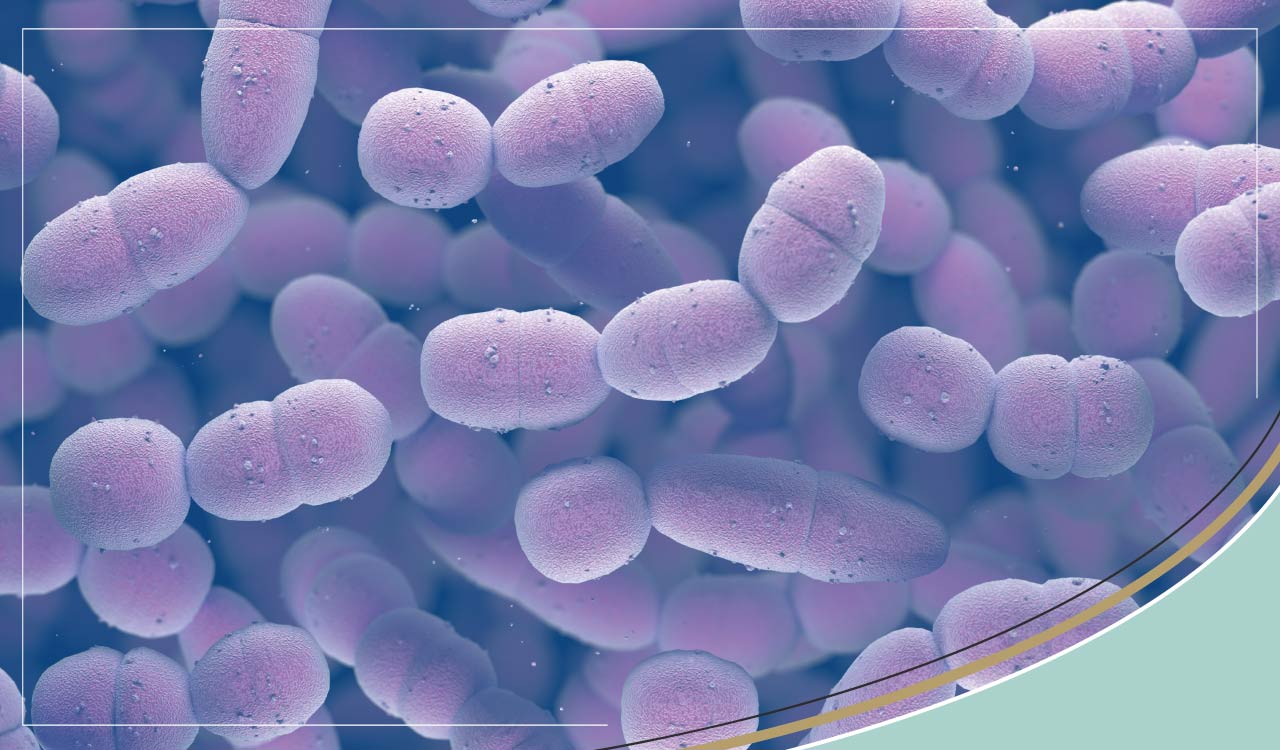Athletes foot symptoms, causes and treatments

Unfortunately, despite or perhaps because of humans making the transition from living in caves to nice, centrally-heated houses, fungi still continues to be something we can’t entirely escape. There are a plethora of fungal infections that attack the human body, but one of the most common is Athlete’s foot.
Athlete's Foot Symptoms
Athlete’s foot usually presents as a rash between your little toe and the one next to it. The rash is often red and itchy and can cause the skin to become dry, scaly and flaky. The infection can spread to the sole of the foot, causing the skin to become inflamed, cracked and sore with blisters forming. Further risk of bacterial infection is increased when skin cracks and the tissues underneath are exposed and with that comes the additional risk (though rare) of developing cellulitis. Athlete’s foot infection can also spread to the toenails causing them to become dry, brittle and crumble away (fungal nail infection). Though, quite rare, it is also possible for Athlete’s foot to affect the hands (an infection known as tinea manuum).
What causes Athlete’s Foot?
Athlete’s foot is caused by parasitic fungi called dermatophytes. Dermatophytes love the dark, warm and humid environment around the foot. They are highly contagious and can be spread either directly through skin-to-skin contact or indirectly, through touching contaminated items such as towels, bed sheets, socks, etc. It is also common for the infection to be spread through visiting communal swimming pools/showers (where people walk through moist areas barefoot). Quite often, the problem is compounded by sufferers wearing tight-fitting shoes (the fungi can grow in these as well as on your foot) for extended periods. This provides warm, humid conditions where the fungi can thrive.
How to Treat Athlete’s Foot
If you have a mild case of Athlete’s foot, you can treat it at home:
- It’s important to wash your feet regularly with soap and water and dry them thoroughly, particularly between the toes.
- Regularly wash your towels and never share towels with others.
- The best socks for avoiding fungal infection are 100% cotton or 100% bamboo. Regularly change your socks (you may wish to do this more than once a day if your feet have become hot or sweaty).
- Antifungal medications come in many forms: sprays, creams, liquid, powder, tablets. Usually, topical treatments are tried first. These are mostly available over the counter at the pharmacist.
- Topical antifungals should be applied to clean, dry skin, including the surrounding areas to what is visible to prevent reinfection. Hands should be washed thoroughly before and after each application. Different antifungals are used for varying amounts of time. For instance, hydrocortisone usually is not recommended for use for more than 7 days, as this can thin the skin making it more liable to recurring issues.
In some cases, however, it may be necessary to visit your doctor for stronger antifungals on prescription, such as if you have tried home methods to no avail or you have developed a secondary infection. Though sometimes needed, these medications are reported to have some side effects, particularly in children or elderly people and can cause inflammation in the liver if for those who are susceptible.
Prevention
There are few things you can do to prevent infection with Athlete’s Foot:
- Wash your feet regularly, being careful to dry thoroughly between the toes
- Change socks, towels and bedsheets frequently.
- Consider applying a supplement such as Oregano Oil mixed with a carrier oil to problematic area on a daily basis.
- Avoid tight-fitting footwear particularly in summer or when exercising
- If you are visiting communal swimming pools/showers, wear flip flops
Alternate different footwear so that you always wear dry shoes and don’t ever share someone else’s shoes.
 Free Royal Mail 24 Tracked Delivery - Spend £10+
Free Royal Mail 24 Tracked Delivery - Spend £10+
 Support 01904 789559 - 20+ Years Expertise
Support 01904 789559 - 20+ Years Expertise
 Rated 4.9 out of 5 on Trustpilot
Rated 4.9 out of 5 on Trustpilot









